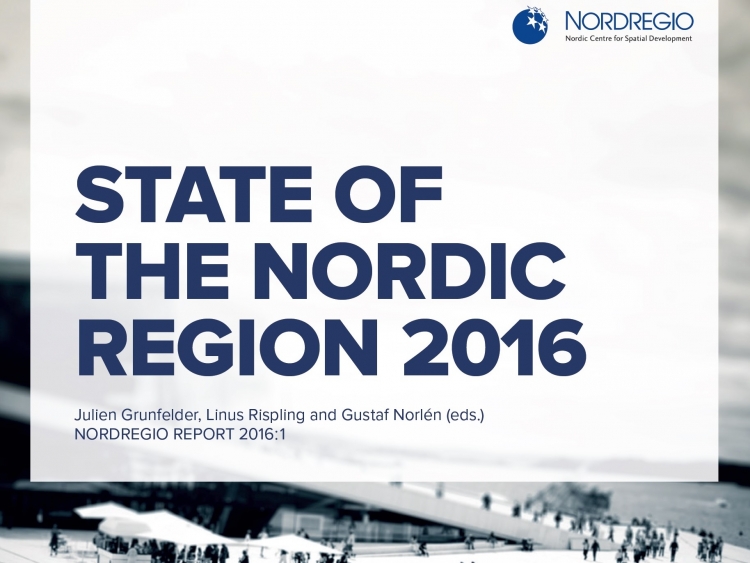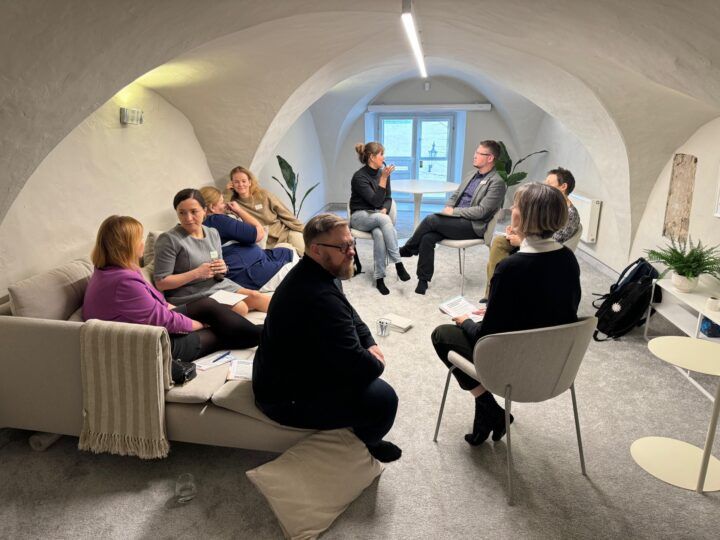Report: Economic and population growth in the Nordic region

The newly published report on regional development in the Nordic region 2016 reveals that Oslo, Copenhagen and Stockholm are among the wealthiest areas in Europe. The increase in wealth is primarily caused by rapid population growth. The population of the Nordic countries has increased by 14% over the past 20 years and is now close to 26.5 million. Furthermore, 97% of that increase has taken place in 30 largest urban areas.
The annual report on regional development in the Nordic region is put together by the Nordic Centre for Spatial Development (Nordregio) and, for the first time, the report also analyses the strengths and weaknesses of different regions. According to analysis, even smaller regions show growth potential despite urbanisation and thriving cities, especially if said regions have accessible infrastructure, can be linked with a university, invest in R&D capital and can attract people with higher education to move there.
The report on the state of the Nordic region 2016 looks into:
- demographic changes;
- labour force;
- economy;
- infrastructure;
- measuring regional potential.
To sum up, we can highlight the following positive developments in the Nordic countries:
- Nordic countries have strong economies. Sweden and Iceland have made the strongest recovery from the economic crisis;
- People living in the Nordic countries are highly educated – nearly 40% of 30-34-year-olds have higher education;
- Nordic countries are successful innovators and renewable energy producers;
- Property prices in the Nordic countries are significantly higher than in Europe on average;
- The number of travellers in Nordic airports has increased and tourism in Iceland has gone through a remarkable growth.
At the same time, Nordic countries also have to face several challenges:
- Weak school performance and a growing difference between men and women’s education levels;
- An aging population and the significant pressure it puts on social care systems, especially in rural regions;
- The population and therefore also the economy are growing primarily in the 30 largest urban areas;
- Immigration is the primary source of population increase;
- Unemployment levels in urban regions are remarkably low, but can be quite high in smaller rural regions.
- Rural regions in Finland have some of the lowest regional potential rankings according to analysis.
The annual report on regional development in the Nordic regions, put together by Nordregio, provides important information enabling policy makers to make decisions and draw up development plans and local authorities to find cooperation partners.
This year’s report is of particular importance as it contains data needed to work out solutions to the refugee crisis that has seized the Nordic countries.


